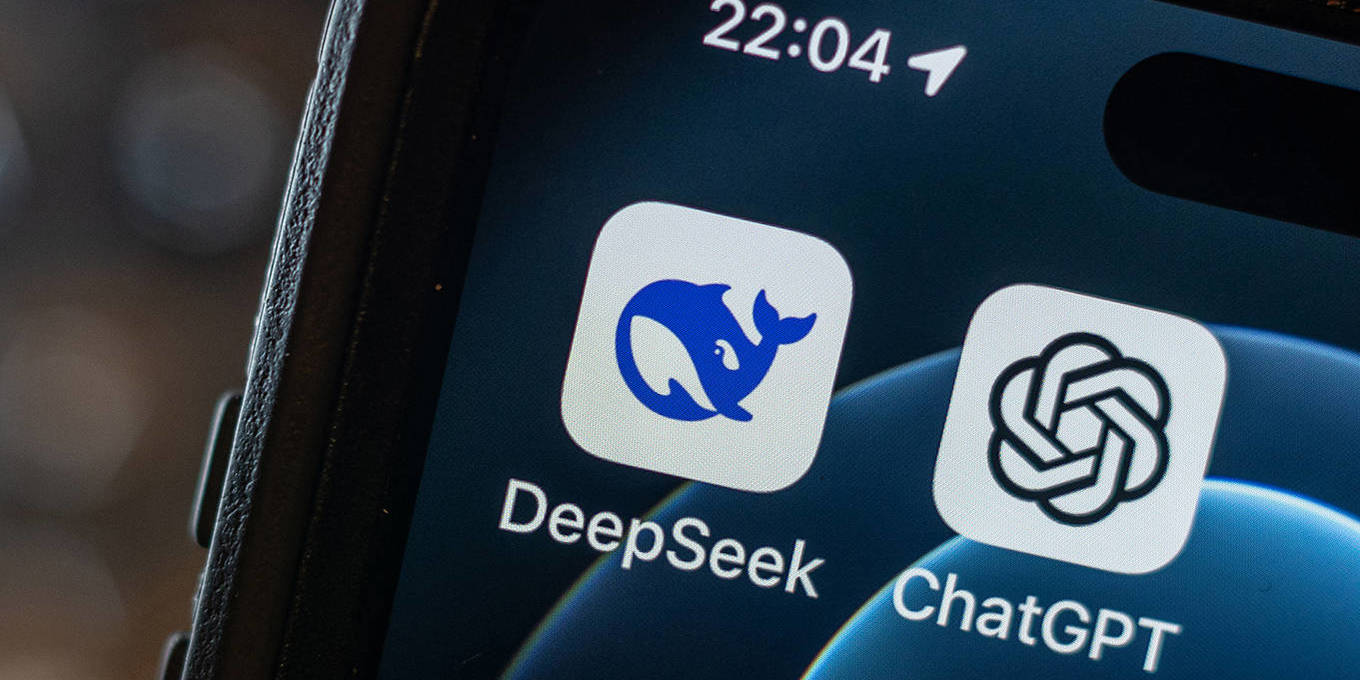
PARIS/MUNICH – It is tempting to view AI as merely another technological advance, but that is like saying the steam engine was just a faster way to pull a cart. In reality, AI is rapidly transforming the geopolitical order. While global power once rested on armies, oil, and control of sea and air, it now also depends on the data, talent, computational infrastructure, and legal frameworks needed to build and deploy cutting-edge models.
The United States currently has a clear lead. Since 2019, American tech companies have produced more than half of the leading AI models. Between 2023 and 2024, six major companies invested $212 billion in research and development, while generative AI startups raised nearly $90 billion in 2024. The US also has the largest pool of AI specialists – roughly 500,000 – and the world’s largest data-center capacity, at 45 gigawatts (GW).
But with other countries moving quickly to close the gap, America’s lead is not guaranteed. At first glance, the race may resemble the Cold War, with two major powers – the US and China – competing for technological dominance while the rest of the world looks on. In fact, the rest of the world is very much in the game. And in a game without established rules, much less trusted referees, that is a problem.
The US and China take very different approaches to AI. The US relies on its dynamic private sector, powered by a vibrant startup ecosystem and tech giants like Google, Microsoft, and OpenAI. China, by contrast, relies on central planning – massive state funding, military-industrial integration, and global trade initiatives – to bolster its thriving AI startup scene.
China’s strategy is already bearing fruit. The government has poured around $132 billion into the AI sector since 2019 and invests $60 billion annually in corporate research and development. As a result, China accounts for 15 of the 40 leading AI models, employs 18% of the top researchers in the field, and produces more STEM graduates than any other country. Its data-center capacity, at 20 GW, is the world’s second largest.
Despite US export controls limiting China’s access to advanced semiconductors, Chinese engineers have managed to squeeze more from “good enough” hardware through efficiency breakthroughs. This enabled DeepSeek, a relatively unknown startup, to shock the world by matching the performance of top US models using only a fraction of the computing power.
The European Union finds itself in a tricky position. It has neither the computing power of the US nor the vast data resources of China, ranking third in AI development with roughly 275,000 specialists, €381.4 billion ($449 billion) in annual R&D spending, and about eight GW of data-center capacity.
This is not to suggest that Europe lacks strategic advantages. While just three of 40 notable AI models originated on the continent, the EU accounts for 19% of the most cited academic papers in the field. It is also home to ASML, the Dutch firm that supplies most of the world’s high-end lithography machines used in semiconductor manufacturing.
Recognizing that it cannot compete with the US and China on innovation or scale, the EU has focused on shaping the rules of the game. Its AI Act – the most comprehensive cross-border AI regulatory framework to date – is more than just a set of rules; it’s a soft-power move dressed as regulation.
The EU has also committed more than €200 billion to meeting its Digital Decade targets, investing in infrastructure, training, and digitalization in an effort to carve out strategic space for its AI industry. With adequate resources, momentum, and political resolve, Europe could very well become an AI powerhouse in its own right.
Meanwhile, the Sino-American rivalry is heating up. On January 20, DeepSeek unveiled its hyper-efficient R1 model, making it clear that US sanctions would not hold back China’s AI ambitions. The very next day, US President Donald Trump launched the Stargate Initiative – a $500 billion plan to build next-generation data centers and secure America’s chip supply. The timing of these announcements was no coincidence, marking the opening salvos in a war for technological self-sufficiency.
Crucially, this race is not just about hardware and software – it is also about values. Who decides what is fair when it comes to emerging technologies? Whose morals will be embedded in the algorithms that increasingly govern essential services like health care and education? The answers to these questions could determine how AI is used and whose interests it serves, making the export of AI ethics just as consequential as the export of the models themselves.
Moreover, the struggle over AI’s future is no longer confined to China, the US, and Europe. So far, the Global South has been a passive recipient of systems it did not design, trained on data it did not produce, and governed by rules it had no part in shaping. But that is beginning to change. Across Africa, Latin America, and Asia, national and regional initiatives are developing models tailored to local priorities and needs, advancing both linguistic and digital sovereignty.
The Middle East is a prime example. Seeking to claim a place in the emerging technological order, Saudi Arabia, Qatar, and the United Arab Emirates are pouring their oil wealth into world-class data centers and homegrown AI models.
All this underscores the urgent need for accountability mechanisms that match the scale and speed of technological innovation, underpinned by a shared global vision of AI governance. But while the OECD and the G7 have made gestures toward regulatory coordination, enforcement is virtually nonexistent. Likewise, the United Nations’ proposal for a global AI advisory body, though promising, has yet to translate into action.
The stakes are enormous. Without coordinated international action, AI could concentrate control over knowledge, deepen digital divides, and reshape cultures and societies in ways that escape public scrutiny.
Such an outcome may seem inevitable, but it is not. We have a narrow – and rapidly closing – window of opportunity to choose a different path. That choice is the defining challenge of our time.



